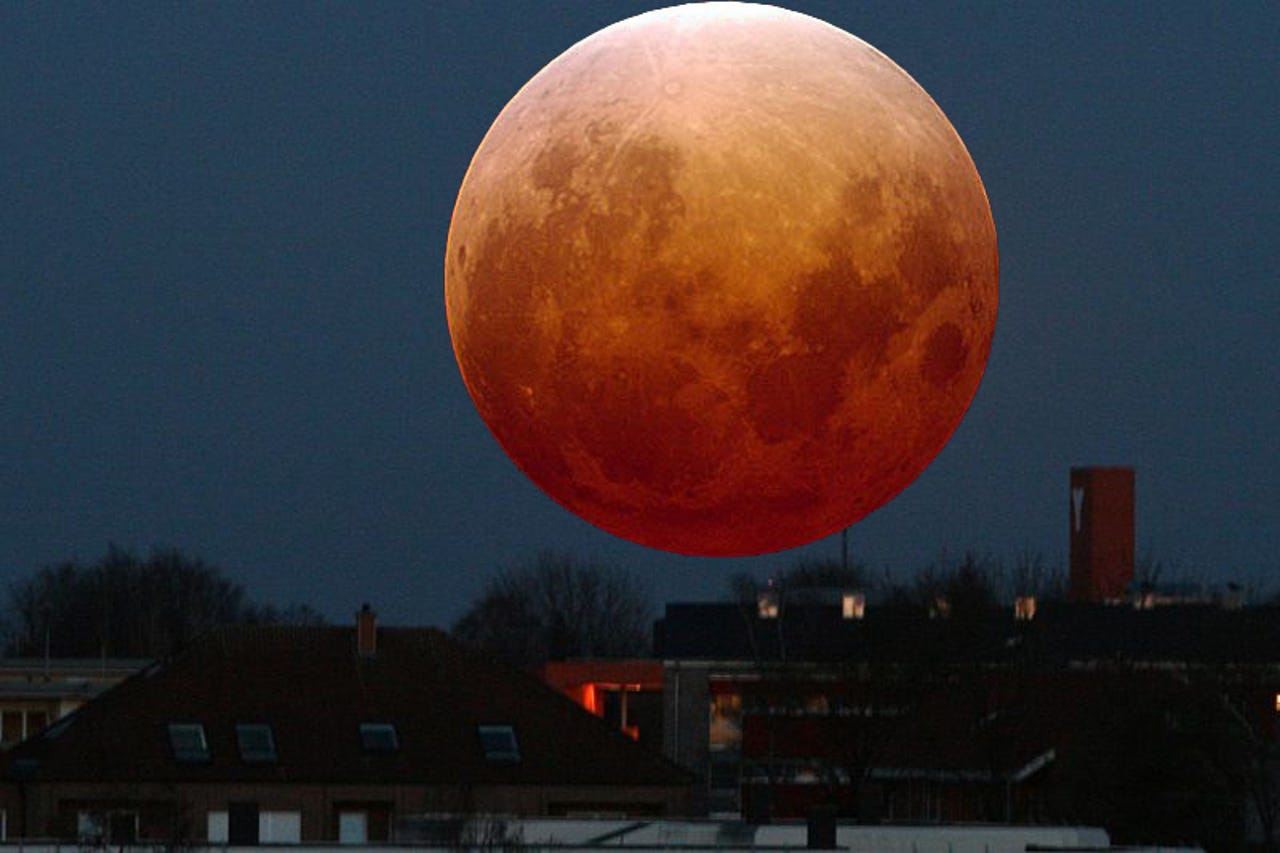Super Moon, meteor shower set to dazzle


On May 6, the moon will reach its closest approach to the Earth and create a Super Moon which will appear to be 14 percent larger and 30 percent brighter than a regular full moon. The best time to see it will be when the moon is on the horizon when it will seem to be at its largest size. It's at its closest at 11:34 pm EDT.
NASA predicts there won't be any impact on Earth. Although it has never been proven - when there's a full moon it is said that hospital admissions tend to rise, the crime rate is normally higher and people tend to act strangely .Of course, we know that it's also when wolves howl at the moon and werewolves appear. And the word lunacy comes from the Latin word for moon.
Thanks to Photoshop here's the moon as people will probably imagine due to the extensive Internet hype.
Photo by Kai Schreiber and NASA
The normal sized full moon and Super Moon compared.
Photo by NASA
The Super Moon actually occurs almost every year. This is a photo of it last year over Germany on the right. To show how a Super Moon might appear - the moon in the center is 14 percent larger and 30 percent brighter than the one on the right. This year's Super Moon will be larger than last year's.
Photo by Kai Schreiber
This rough diagram shows why the moon appears larger than normal - it's as close as it ever gets to Earth. NASA calls this the "perigee moon."
Source: NASA
This image shows how the normal-sized moon compares to what is expected to be the size of the Super Moon.
Image credit: NASA
On a related note, one of the biggest Internet hoaxes revolved around emails that warned the planet Mars will appear to be as big as the moon when it made its closest approach to Earth in 2005. This hoax still continues year after year.
Once again, word-of-mouth makes people believe Mars will appear to be a giant.
Photo by Kai Schreiber, NASA
In another marvel that will make you look to the skies, on the evening of May 5 and morning of May 6 at peak, the Earth will pass through debris from Haley's Comet resulting in a meteor shower called the Eta Aquarid Meteor Shower.
Conditions for viewing this meteor shower will not be ideal due to the Super Moon but Eta Aquarid rains about 60 meteors per hour and "many fireballs" according to NASA. NASA be televising the event beginning May 4.